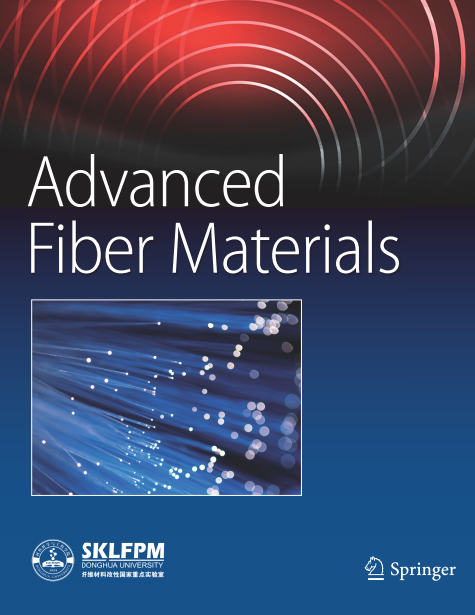Peripheral nerve defects present complex orthopedic challenges with limited efficacy of clinical interventions. The inadequate proliferation and dysfunction of Schwann cells within the nerve scaffold impede the effectiveness of nerve repair. Our previous studies suggested the effectiveness of a magnesium-encapsulated bioactive hydrogel in repairing nerve defects. However, its rapid release of magnesium ions limited its efficacy to long-term nerve regeneration, and its molecular mechanism remains unclear. This study utilized electrospinning technology to fabricate a MgO/MgCO3/polycaprolactone (PCL) multi-gradient nanofiber membrane for peripheral nerve regeneration. Our findings indicated that by carefully adjusting the concentration or proportion of rapidly degradable MgO and slowly degradable MgCO3, as well as the number of electrospun layers, the multi-gradient scaffold effectively sustained the release of Mg2+ over a period of 6 weeks. Additionally, this study provided insight into the mechanism of Mg2+-induced nerve regeneration and confirmed that Mg2+ effectively promoted Schwann cell proliferation, migration, and transition to a repair phenotype. By employing transcriptome sequencing technology, the study identified the Wingless/integrase-1 (Wnt) signaling pathway as a crucial mechanism influencing Schwann cell function during nerve regeneration. After implantation in 10 mm critically sized nerve defects in rats, the MgO/MgCO3/PCL multi-gradient nanofiber combined with a 3D-engineered PCL nerve conduit showed enhanced axonal regeneration, remyelination, and reinnervation of muscle tissue 12 weeks post-surgery. In conclusion, this study successfully developed an innovative multi-gradient long-acting MgO/MgCO3/PCL nanofiber with a tunable Mg2+ release property, which underscored the molecular mechanism of magnesium-encapsulated biomaterials in treating nervous system diseases and established a robust theoretical foundation for future clinical translation.


